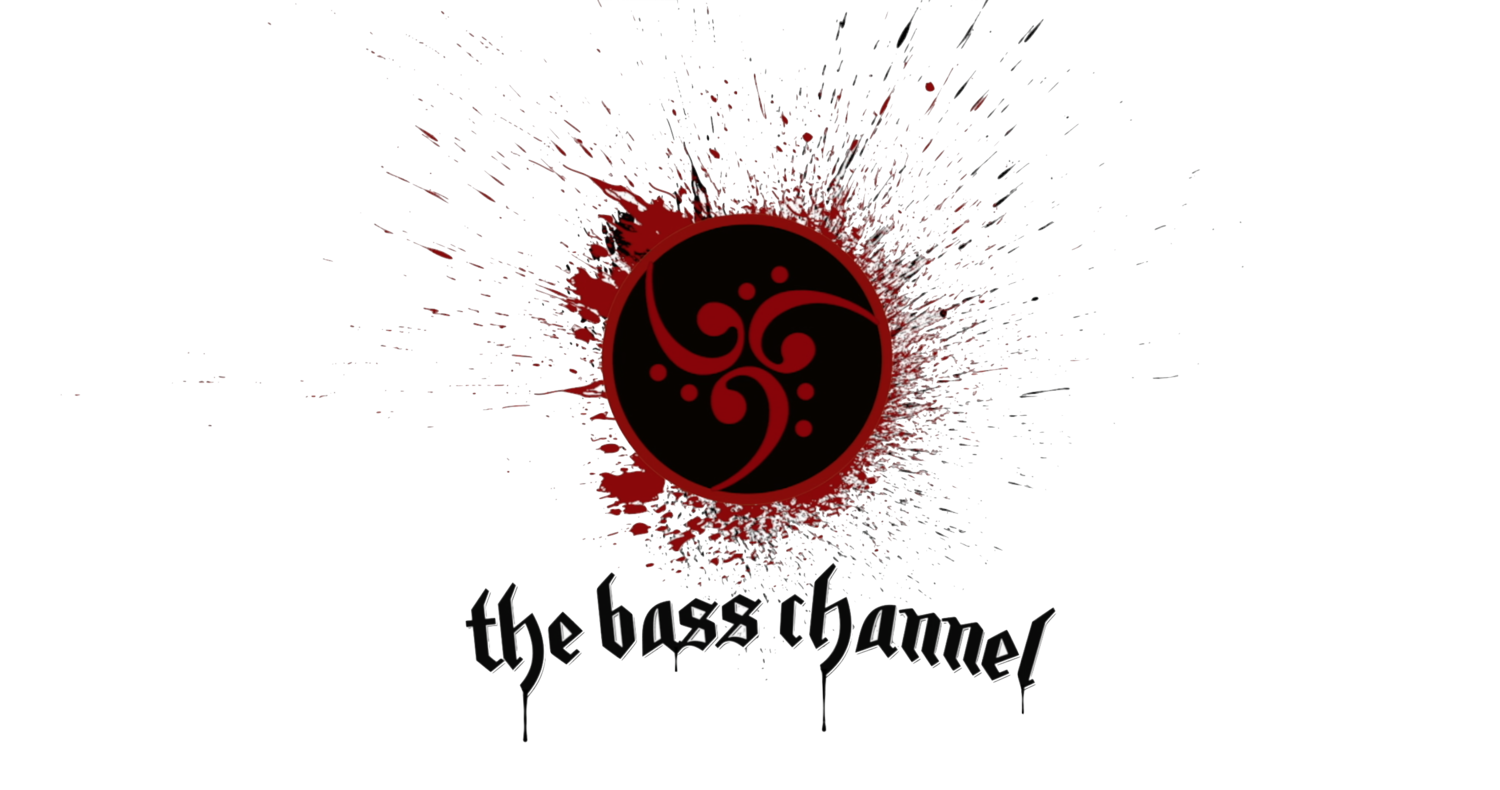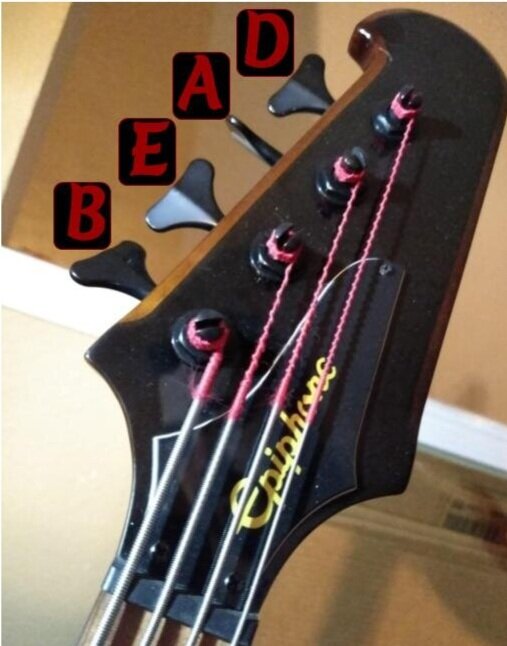The DIY LowDown- A Four String Five String
I hate the way my Jazz bass feels when I tune down further than half a step. The strings get a loose and floppy feeling and the E might as well be over-cooked spaghetti. I tend to have heavy fingers as it is, so if I try to tune down even to D everything starts to sound like a bass part in a KoЯn song.
However, I love a lot of heavily downtuned music. (Let us not get into whether or not it’s actually heavier music though, that’s two thousand words of argument for another time.) Behemoth, Fleshgod Apocalypse, Alestorm, SepticFlesh, Avatar, and more play in C or B tunings. I want to learn those songs. I want them to sound right when I do learn them. And I want to do it on strings that don’t feel like old shoelaces.
HOWEVER, I’ve never liked the feel of a five string bass. I realize that at this point I might be getting a little nitpicky sounding and some of you want me to make like a wanna-be stage diver at the barrier and get over it. Some of us have what is commonly known as “The Opposite of Steve Vai Hands” (TOoSVH for short). Have you ever looked at Steve Vai’s fingers? The dude is on the first fret and the twelfth at the same time and he hasn’t even used his pinkie yet while also palming a basketball. Five string necks are thick and uncomfortable and, while I could learn to like it and probably will at some point, I’d rather not right now.
On top of that, while I love those bands and their bass players, one look at the tablature will tell you that very few of those players are using all four of their five strings. They live on the B, spend summers on the E, visit the A on long weekends, know that the D is there, and the G might as well be Narnia. Prog bass players use the G, but there are prog bass players trying to keep up with guitar players in the string count, so let’s not talk about them right now. (Except Nick Beggs, who more people should talk about because he’s brilliant and underrated.)
So if I want to learn songs that require a five string, but I don’t want to 1) tune my number one down that low, 2) buy a five string, and 3) wouldn’t use half the bass even if I did buy a five string, what is there to do?
Buy a new four string and string it BEAD.
My Boomer. Eight nerd points to anyone who gets why the white sticker is there.
This, by the way, is what Paolo Rossi of Fleshgod Apocalypse does. He talked about it in the interview he did with me for this site and the first time I realized this was an option was watching him play. Because I’m not yet a person who trusts his instincts fully when it comes to instrument modification I ran the idea by two or three friends and seven or eight Google searches before I decided to take the plunge into the BEAD world.
I had concerns, and maybe you’re fairly new to bass or you’ve never thought about this before and you have the same concerns. Maybe you’re a player who’s been around a while and know the answers to these concerns, but you can remember not knowing everything and being worried about spending x hundred dollars on an instrument only to ruin it maybe? I didn’t know how simple it would be to take a bass built for EADG and replace that E with a B. I wondered if the heavier gauge string would throw the truss rod out of alignment somehow, or if I’d have to buy a new nut, or if something with the bridge would be goofy, or if I’d need a whole new set up. This, in all honesty, was my first impulse. Take the bass to my favorite local music store- Beacock Music in Vancouver, WA- tell them what I wanted, and browse while the set-up wizard took care of it. But, for pandemic reasons, this wasn’t possible. It was on me.
I girded my loins.*I knew I could do this. Anyone who could make a fretted bass into a fretless could change a few strings. I have a college degree, I can figure out a bridge and nut. Right? I went on Reveb and found myself a new Epiphone Thunderbird IV to make into my Boomer. My first choice was a Warlock, because brütal metäl requires the pointiest instrument ever made, but do you have any idea how hard those are to find? And how pricey they are when you do? The Thunderbird, though, looks great and I’d heard good things about them, except the three point bridge which the entire internet hates.
Turns out it was a fairly simple process all-in-all. On the easier end of what the internet led me to believe. Some people went on and on about the set up nightmare it would be, some people said you just string it like normal and boom done, and one website took my symptoms and told me I had eye cancer and it was fatal.**
My biggest concern was ruining the nut and having to replace it, which is a pretty small concern. I widened it slowly using my finest file and, when it got close to the right depth and width, I put away the file and grabbed the far end of the B, down by the red wrap at the end where it would end up wrapped around the peg anyway, and used it for fine-tuning the filing. It’s not smooth, it’s the right size, it worked perfectly. Not my idea, got it from a friend, but I’m passing it along because it worked. I did the same to the other three slots, widening each slightly so the heavier strings would fit and using the strings themselves for the final shave.
When that was done I checked the playability and found the strings clacked against the neck a lot. I gave them a night to settle before I did anything else, then checked again and the clacking was just as bad. At this point I realized that I should have played the bass more with the stock strings on it so I’d have a baseline, but I didn’t because I was too excited to get to work. After a little adjusting and a little Googling I realized the issue was probably the neck relief. I didn’t know if it came like that or if something about swapping the strings did it, but it was time for a truss rod adjustment. Hey, another first!
This is one of those maintenance things players do all the time and it’s old hat to everyone. But I’d never done it and screwing with the neck made me nervous. So I took my time, took the advice of everyone on the internet, and made the adjustments slowly and carefully, tiny bits at a time. Part of me was sure I wasn’t fixing anything at all. Part of me was sure I was somehow destroying the bass. Both those parts were wrong. In little time I’d reduced the clacks to barely anything, save for what I do normally when I play, and I put the bass to bed for the night to rest and settle. The next day it was still all good and I was a happy bassist. And I got to work deciding what death metal song to learn first. And then got to work changing my mind because Orion plays with a pick and my fingers aren’t that fast yet, I’ll get back to you later.
This is a long, but hopefully entertaining, way of saying that if you want to play heavier music, but don’t want to go the five string route- chances are you don’t have to. Get a four string bass, and with very little fuss and muss you’ll bee booming out that low B and shocking yourself with how good that boom feels in your body.
How does Boomer sound in practice? Here it is playing the SepticFlesh song “Pyramid God”.
*Google where that phrase comes from some time, it’ll give you a wonderful visual image anytime someone uses it around you.
**I have to stop asking WebMd for music advice.
***
Doug Robertson is the editor of The Bass Blog, the blog component of The Bass Channel, your one stop YouTube channel for all things bass. His number one is a Mexican Geddy Lee Signature Jazz and his boomer is a BEAD tuned T-Bird. Find books by Doug here. If you’re interested in contributing to The Bass Blog please reach out to Doug at doug@thebasschannel.net. We would love to hear from you.


